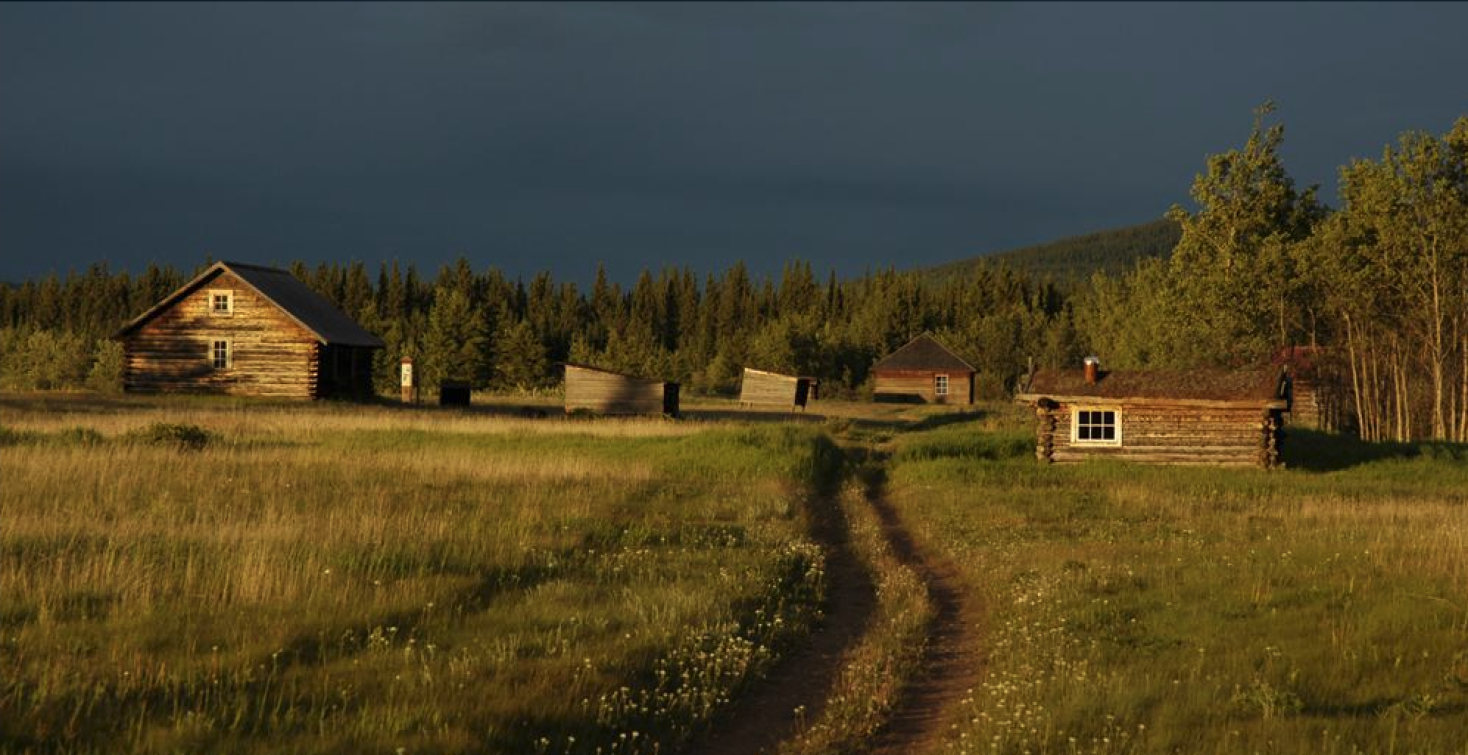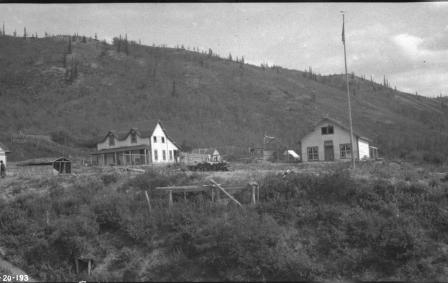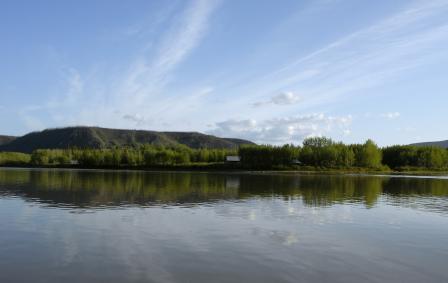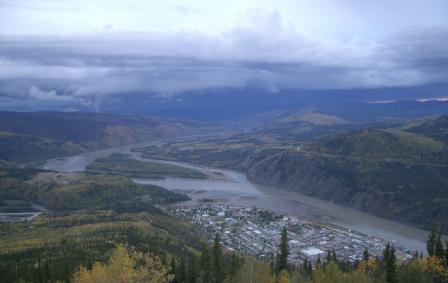Huchá Hudän (Fort Selkirk) Historic Site

As a living cultural heritage site, Huchá Hudän, also known as Fort Selkirk, is a place to share, respect and preserve for future generations.
The historic site of Huchá Hudän “Flatland people” lies within the Traditional Territory of the Selkirk First Nation. It is located near the confluence of the Pelly and Yukon rivers.
Huchá Hudän has long been a place of trade for both First Nation and settler people. The site was a traditional fishing, trading camp, and meeting place for generations of First Nations people. It also is the location of a former Hudson's Bay Company fur-trading post.
Huchá Hudän (Fort Selkirk) Historic Site is co-owned and co-managed by the Selkirk First Nation and the Government of Yukon with provisions outlined in Chapter 13 of the Selkirk First Nation Final Agreement. The Final Agreement sets out the co-management of the site and acknowledges Selkirk First Nation's important role in protecting the area.
Chapter 13, Schedule A of the Selkirk First Nation Final Agreement states that the Fort Selkirk Historic Site shall be co-owned and co-managed by Selkirk First Nation and the Government of Yukon and protected under the Historic Resources Act.
The Historic Site Management Plan provides long-range goals and objectives that will guide the protection, conservation, and interpretation of the heritage resources of Huchá Hudän (Fort Selkirk). The plan is intended to respect the past and current activities of Selkirk First Nation by using the best practices in heritage conservation.
For the past 40 years, Selkirk First Nation and the Government of Yukon have worked together to research, conserve and interpret the historic townsite.
Huchá Hudän (Fort Selkirk) was designated as a Yukon Historic Site on August 6, 2010 with a ceremony held July 2011 at the historic site. An updated Huchá Hudän (Fort Selkirk) Historic Site Management Plan was approved and signed August 20, 2021.
- Refer to the Huchá Hudän (Fort Selkirk) Historic Site Management Plan
- Check out the Huchá Hudän (Fort Selkirk) walking tour booklet
- Find out more about management plans for heritage sites thorughout the Yukon at Yukon Heritage


